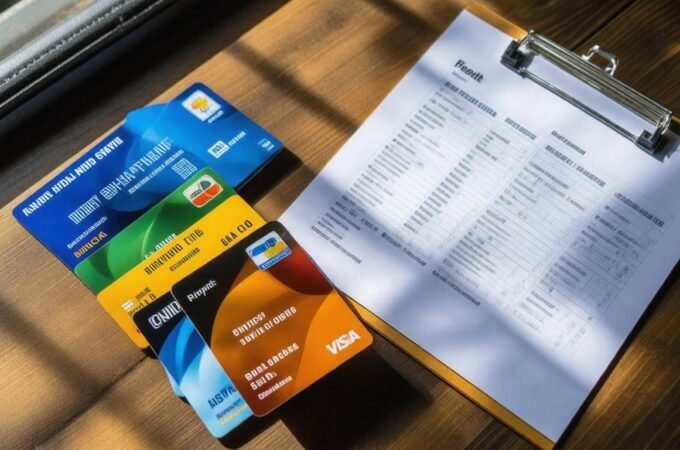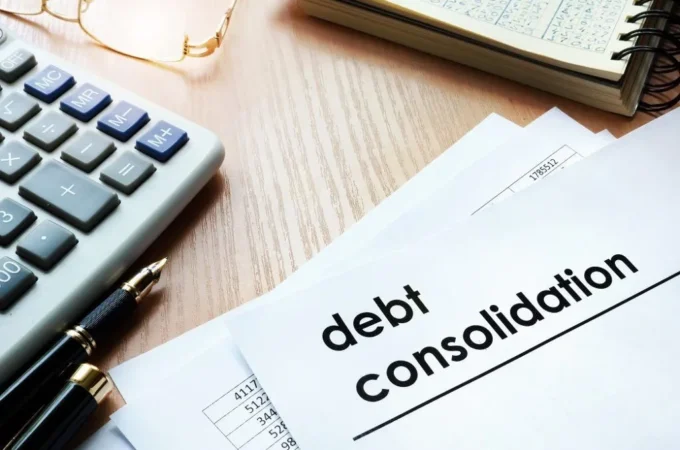
5 Tips For Saving For Your First Home Deposit
There are a lot of myths about buying a first home doing the rounds at the moment. Some people will tell you that you need to save a 20% deposit or you have no chance, while some home builders will try and offer you zero deposit home loans.
So who should you believe?
Well, the truth of the matter lies somewhere in between. While having a 20% deposit is certainly the ideal situation, trying to save this much (while paying rent, paying bills and having a social life) just isn’t realistic for most people.
On the other hand, while it might sound tempting, opting for a zero deposit loan can mean that you end up with some pretty unfavourable loan conditions that can end up costing you a lot more money in the long run.
The truth is that even if you’re going to be applying for a low deposit home loan, it’s highly advisable to have some savings behind you before you start looking to get into your first home. The bigger the deposit you have, the more favourable your loan conditions are likely to be. It’s that simple.
While the thought of saving up thousands of dollars might seem intimidating at first, there are actually quite a few things that you can do to make the process a lot more achievable. If you want to get into your own home sooner rather than later, make sure you check out the following tips for saving for your home deposit.
Review Your Yearly Household Budget

It might sound like we’re stating the obvious here, but the first step in setting up an effective savings plan is to sit down and map out your household’s income and expenses.
This means tallying up your income and then subtracting all of your expenses like rent, loan repayments, bills, groceries, transportation costs and anything you spend on fun and entertainment. Start with a monthly total and then add it up to give you a snapshot of your yearly household budget.
Doing this will identify the areas in which you can cut back your spending. It’ll also allow you to set a realistic savings goal and establish a timeframe in which you can achieve it.
Trim The Fat
Once you’ve identified all of your expenses, it’s time to review them, assess your priorities and cut back where you can.
Are you paying for any services or subscriptions that you don’t really need (like Netflix, Amazon Prime, Stan AND Disney Plus accounts, for example)? How much are you spending each month on takeaway food/UberEats? Are you paying too much for your phone/internet connection, gas & electricity bills etc? Can you get a better deal by switching providers?
We’re not suggesting that you give up going out entirely and only sit on the couch watching free-to-air TV and eating instant noodles for months and months on end. However, if you’ve decided that saving for a house deposit is a priority, then you’ll need to make a few sacrifices and smart decisions here and there if you really want to make it happen.
Set Up A Savings Account & Direct Debit

Once you’ve assessed your household budget, trimmed the fat and decided how much you can save every month, the next step is setting up a separate savings account and using a scheduled direct debit to transfer funds across to it.
This will save you from “accidentally” dipping into your savings (on a night out for example) and will get you into the habit of putting away your savings and not touching them. You’ll still be able to access the money in an emergency, and it’s also very rewarding to watch your savings account grow and know that you’re getting closer and closer to achieving your goal of homeownership.
Smooth Out Your Big Bills
Getting a massive quarterly bill can be a shock to your cashflow and disrupt your savings plan. However, there are a couple of ways you can prevent this from happening.
Firstly, you can work out what the monthly cost of these bills will be and add this amount to the direct debit that goes into your savings account. That means you’ll have the money sitting there and ready to go when the bill comes in.
Alternatively, some companies/service providers offer a bill smoothing service that allows you to pay smaller bills more often, so it’s always advisable to investigate if this is a possibility.
Adjust Your Expectations
It can be tempting to want to get into your dream home straight off the bat, but that’s not necessarily a reasonable expectation for a first homeowner. Chances are that you’re not going to live there for the rest of your life anyway.
What’s more important is getting onto the property ladder and building up some equity. So rather than putting off buying for years and years while you save up a huge deposit for a big, luxurious house, it’s probably a better idea to set your sights a bit lower and get into a more reasonably priced home sooner.
A smaller mortgage will also mean lower monthly repayments, which can help you maintain a fun and active lifestyle while you’re living in your new home.
So there you have it. As long as you’re sensible about things, formulate a clear savings plan and identify the areas that you’re able to cut back on, there’s no reason that saving for a house deposit has to seem like an impossible task. Just put the above steps into action, show some patience and discipline, and you’ll be living in your new home before you know it!




